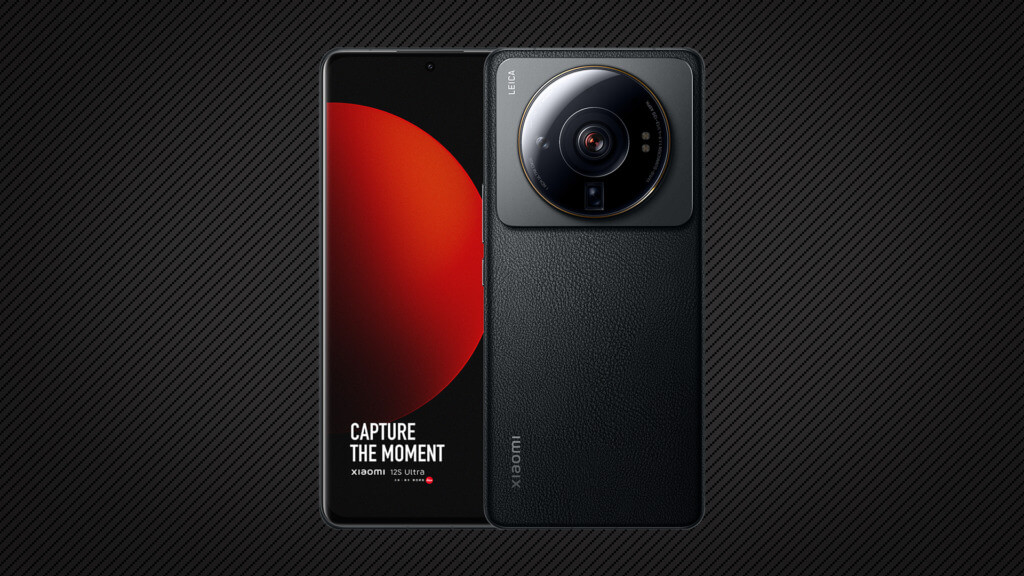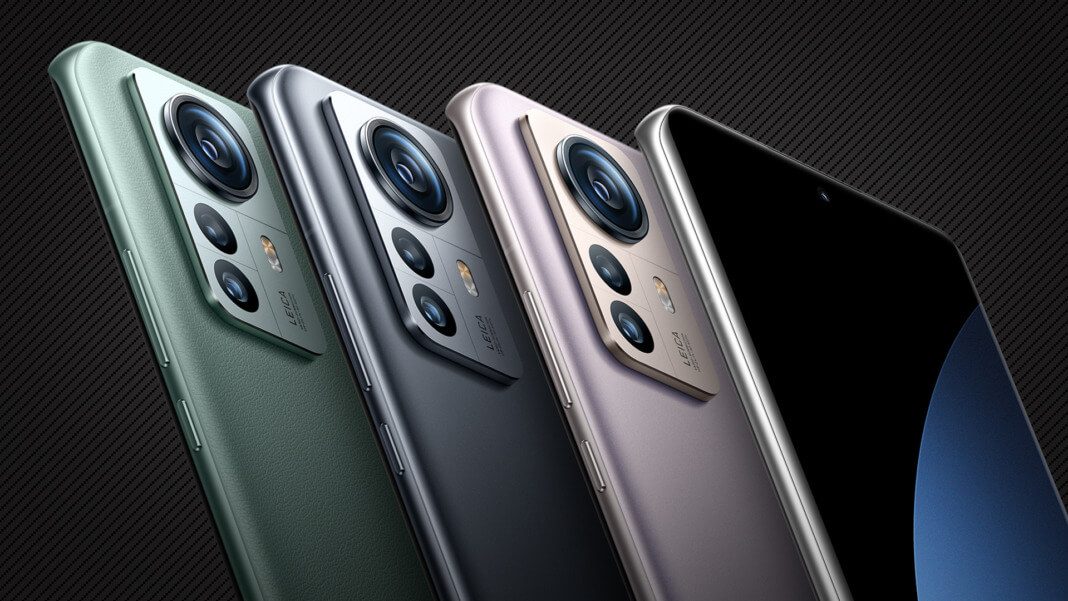Today, Xiaomi officially unveiled the new Xiaomi 12S Series “co-engineered with Leica”. This outstanding imaging product series is the first culmination of the Strategic Partnership in Imaging Technology between Xiaomi and Leica. The entire series features different imaging systems jointly developed by Xiaomi and Leica, containing Leica Summicron lenses, and supports Leica imaging profiles, all of which aim to empower individual creators to express their creativity, while retaining the authentic style of Leica imagery.
Authentic Leica imagery, Leica imaging profiles
In this new era of mobile photography, Xiaomi and Leica have jointly created a new standard for smartphone photography. Combining Leica’s in-depth understanding of optics, image processing, image quality, and Xiaomi’s rich experience in smartphone computing photography, Xiaomi 12S Series “co-engineered with Leica” offers unprecedented smartphone image quality, colors that closely adhere to Leica’s signature look and feel.
In order to help push imaging technology to new limits, Xiaomi and Leica have co-developed sophisticated optical lenses. As the top model, Xiaomi 12S Ultra utilizes Leica’s world-class optical design capabilities in its lens system while adhering to their stringent optical quality testing standards and implementing Xiaomi’s expertise in miniaturizing components to ensure ultra-high resolution, ultra-high light sensitivity, reduced dispersion, and lower flare.
Xiaomi 12S Ultra primary camera adopts an 8P aspheric lens, in order to address common photography issues such as flare, ghosting, and chromatic aberration, the camera module of Xiaomi 12S Ultra also adds anti-glare lens coating, lens edge ink coating, cyclic olefin copolymer material, and infrared light filter with spin coating technology. Together, these features offer a clearer overall picture that is consistent across the lens.
In addition to the advanced optical design, Xiaomi 12S Series “co-engineered with Leica” also utilizes Leica imaging profiles, inheriting Leica’s century-old image aesthetic and reproducing Leica’s tone and aesthetics with the aid of cutting-edge algorithms. For the end user, this means access to two photographic styles: The “Leica Authentic Look” and “Leica Vibrant Look”, both offering enhanced creative freedom to the photographer.
- The “Leica Authentic Look” pursues a natural imagery for which Leica is known. By retaining light and shadow contrast, it adds a sense of three-dimensional depth to photos, with the characteristic excellence of Leica’s time-proven light and shadow aesthetics.
- The “Leica Vibrant Look” features input by both Xiaomi and Leica. Combining Xiaomi’s experience in smartphone photography with Leica’s leading aesthetic, photographers can strive to capture the emotion of the moment, symbolizing Leica’s exploration in the smartphone photography space.
Xiaomi 12S Series “co-engineered with Leica” brings authentic “Leica Image Look” to a smartphone.
Professional wide-angle camera with a super-large 1″ sensor
Xiaomi 12S Ultra is equipped with Sony’s IMX989 1″ sensor, implementing a Quad-Bayer pixel array with individual pixel sizes reaching 1.6μm. After pixel binning, this reaches 3.2μm, reducing noise, extending dynamic range, increasing light captured, and achieving overall better imagery in low-light conditions. This sets a new precedent in smartphone cameras, approaching traditional cameras in terms of hardware specifications.
Xiaomi 12S Ultra is the first Android device to support Dolby Vision HDR video recording and playback. Dolby Vision enhances your videos with vivid colors, sharper contrast ratio, and richer details, providing you with vibrant and refined image quality. Xiaomi 12S Ultra uses HyperOIS for ultra-stable performance, offering continuous compensation for movement during video recording. HyperOIS utilizes the gap between two frames to drive the OIS motor to its original position, giving each frame a full effective range of stabilization.
Xiaomi 12S and Xiaomi 12S Pro feature Sony’s IMX707 as their primary sensor, which incorporates both a large sensor size and large pixels, at 1/1.28″ and 2 and 2.44μm after pixel binning. With the support of Xiaomi AI Image Solution and Xiaomi ProFocus, these sensors achieve fast startup, capture, and continuous capturing. These devices support an industry-leading 30fps ultra-fast burst mode, and exceptional low-light photography capabilities. Further, they also implement All-scene snapshot in their cameras, making it easier to capture the decisive moment.
Xiaomi 12S Series “co-engineered with Leica” has also been designed to be more photographer-friendly in post-production. The entire series supports 10-bit RAW format calibrated by Adobe Labs, with color correction metadata embedded in the files. When using Adobe Lightroom to open photos shot on Xiaomi 12S Series, Adobe Camera RAW software will automatically optimize photos based on metadata, providing professional photographers with a good starting point for post-production.
One smartphone, two Xiaomi Surge chips
Xiaomi 12S Ultra “co-engineered with Leica” is the first flagship model to be equipped with two proprietary Xiaomi Surge chips, Xiaomi Surge P1 fast-charging chipset and Xiaomi Surge G1 battery management chipset, offering great improvements in battery management and overall user experience.
Xiaomi 12S Ultra supports 67W wired fast charging, 50W wireless fast charging and 10W reverse wireless charging. At the core of the Xiaomi Surge Battery Management System, is a 4,860mAh single-cell silicon-oxygen anode battery and Xiaomi Surge P1 fast-charging chipset, which also supports up to a 16A output current with 96.8% conversion efficiency. Furthermore, Xiaomi Surge G1 battery management chipset offers a slew of battery management algorithms, embedding self-developed battery management algorithms to protect the working safety of the battery and monitor the discharge load to accurately predict the available battery life of the device. Xiaomi 12S Ultra also supports adaptive charging to prevent the battery from overcharging thereby increasing the number of charge cycles by 25%.
Xiaomi 12S Pro features Xiaomi Surge P1 fast-charging chipset, 120W wired charging, 50W wireless charging, and a 4,600mAh single-cell battery, while the Xiaomi 12S offers 67W wired charging, 50W wireless charging, and a 4,500mAh battery.
Flagship Performance, Flagship Display

As Xiaomi’s latest flagship, Xiaomi 12S Series “co-engineered with Leica” is powered by the all-new Snapdragon® 8+ Gen 1 Mobile Platform, built on the TSMC 4nm process. Compared to Snapdragon® 8 Gen 1, the core area of Snapdragon 8+ Gen 1 is 21% smaller, with both the CPU and GPU receiving a 10% improvement in performance and a 30% improvement in energy efficiency. This not only significantly reduces the standby power consumption of Xiaomi 12S Series, but also allows for lower heat emission and power consumption under high-load computing scenarios.
Xiaomi 12S Ultra is equipped with a whole new heat dissipation system, similar to the biological mechanism leaves on a plant may use to absorb water. This three-dimensional cooling pump is ingeniously designed with a series of channels, which use a capillary network to actively pump cooling liquid condensed at the side opposite of warm areas, greatly improving efficiency and increasing the thermal conductivity of a single unit by 100%, compared with traditional VC heat dissipation systems.
Xiaomi 12S Ultra and Xiaomi 12S Pro feature a 6.73″ AMOLED color display with E5 luminescent material that deliver a professional level of detail, brightness and color performance, in addition to a peak brightness of 1500 nits, 2K resolution, P3 color gamut, and 1-120Hz AdaptiveSync Pro. Xiaomi 12S is slightly more compact at just 6.28″, and also supports P3 co





